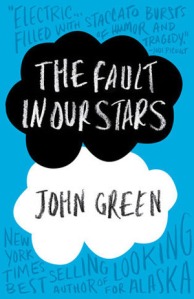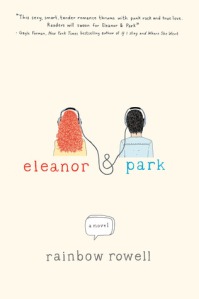If contemporary fiction is what teens want to read, then as librarians, teachers, etc., I think it is important to know how to recognize good young adult literature and know how to evaluate it, so that we can make smart decisions in collection development and readers’ advisory.
In my research, I found two guides to evaluating realistic fiction. The latter was developed more for children’s contemporary realism, but many of the evaluation criteria applies to YA literature as well.
 Considerations for Selecting Young Adult Literature: Contemporary Realistic Fiction
Considerations for Selecting Young Adult Literature: Contemporary Realistic Fiction
When evaluating a contemporary realistic fiction novel, ask these questions:
- Are they engaging, true-to-life, well-rounded characters, who are both wise and foolish while they are growing and changing?
- Is there an accurate reflection of the human condition and contemporary life, without stereotyping?
- Is there a sensitivity to all people regardless of sex or sexual orientation, race, religion, age, socioeconomic level, social group, or culture?
- Does the plot appeal to young adults? Address the challenges, hopes, and fears as well as the problems faced by contemporary adolescents? Offer hope for the future?
- Does the plot ask young adults to consider or reconsider their own values and beliefs , inspire without providing pat resolutions, and avoid talking down to readers or telling them what to think?
- Is the setting believable?
- Is there an appropriate treatment of violence that never glamorizes it, records it more graphically than necessary, or includes it gratuitously?
- Does the language accurately reflect the characters as well as their educational status, social class, culture, and the place where they live?
Evaluating Contemporary Realistic Fiction
Consider the following when evaluating realistic fiction:
- Does the book honestly portray the realities of life for today’s children?
- Does the book illuminate problems and issues of growing up in today’s world?
- Does the story transcend the contemporary setting and have universal implications?
- Are the characters convincing and credible to today’s child?
- Are controversial topics such as sexuality dealt with in an open and forthright way?
- If violence or other negative behavior is part of the story, does the author provide motivations and show aftereffects?
- Does the author avoid stereotyping?
- Does the book truly represent the experience of the culture depicted?
- Does the book help children enlarge their personal points of view and develop appreciation for our ever-changing pluralistic society?


































 I will be investigating contemporary and realistic young adult fiction. In preparation for this project, I had been exploring “new” trends in YA literature and came across an article by Sue Corbett in Publishers Weekly, “
I will be investigating contemporary and realistic young adult fiction. In preparation for this project, I had been exploring “new” trends in YA literature and came across an article by Sue Corbett in Publishers Weekly, “